With the world taking climate change more seriously day by day, more companies are taking up more eco-initiatives.
From fast fashion brands like Boohoo and Asos, to supermarkets like Asda, the legitimacy of their sustainability is being called into question.
Simply put: are they really invoking eco-positive change, or are they simply distracting us from unethical treatments of both people and planet?
I’ve spoken to some of the best sustainable fashion brands to ask them the question we’re all thinking: what can we do to know if a company is greenwashing or legitimate?
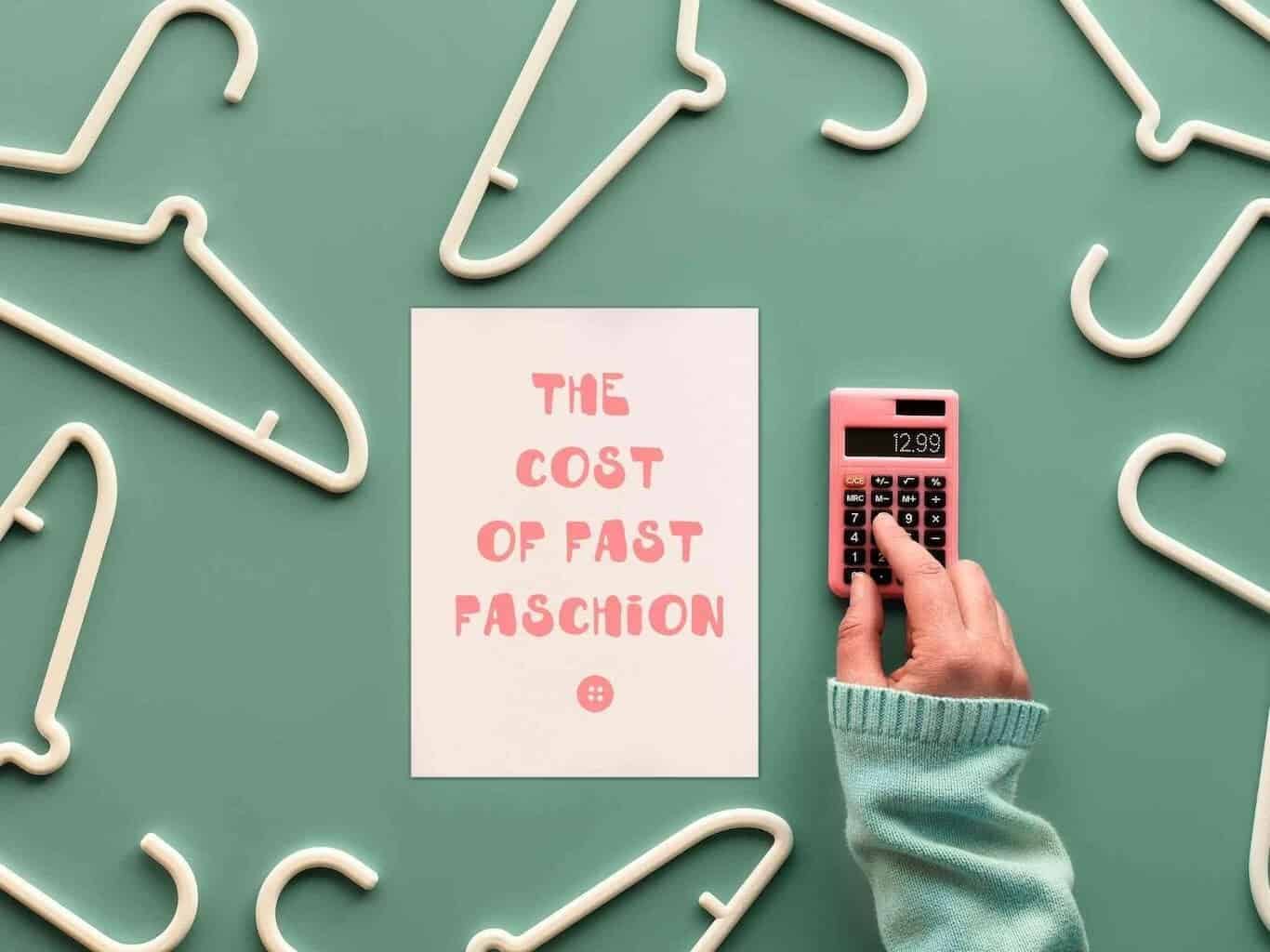
Quick links for Fast Fashion Greenwashing
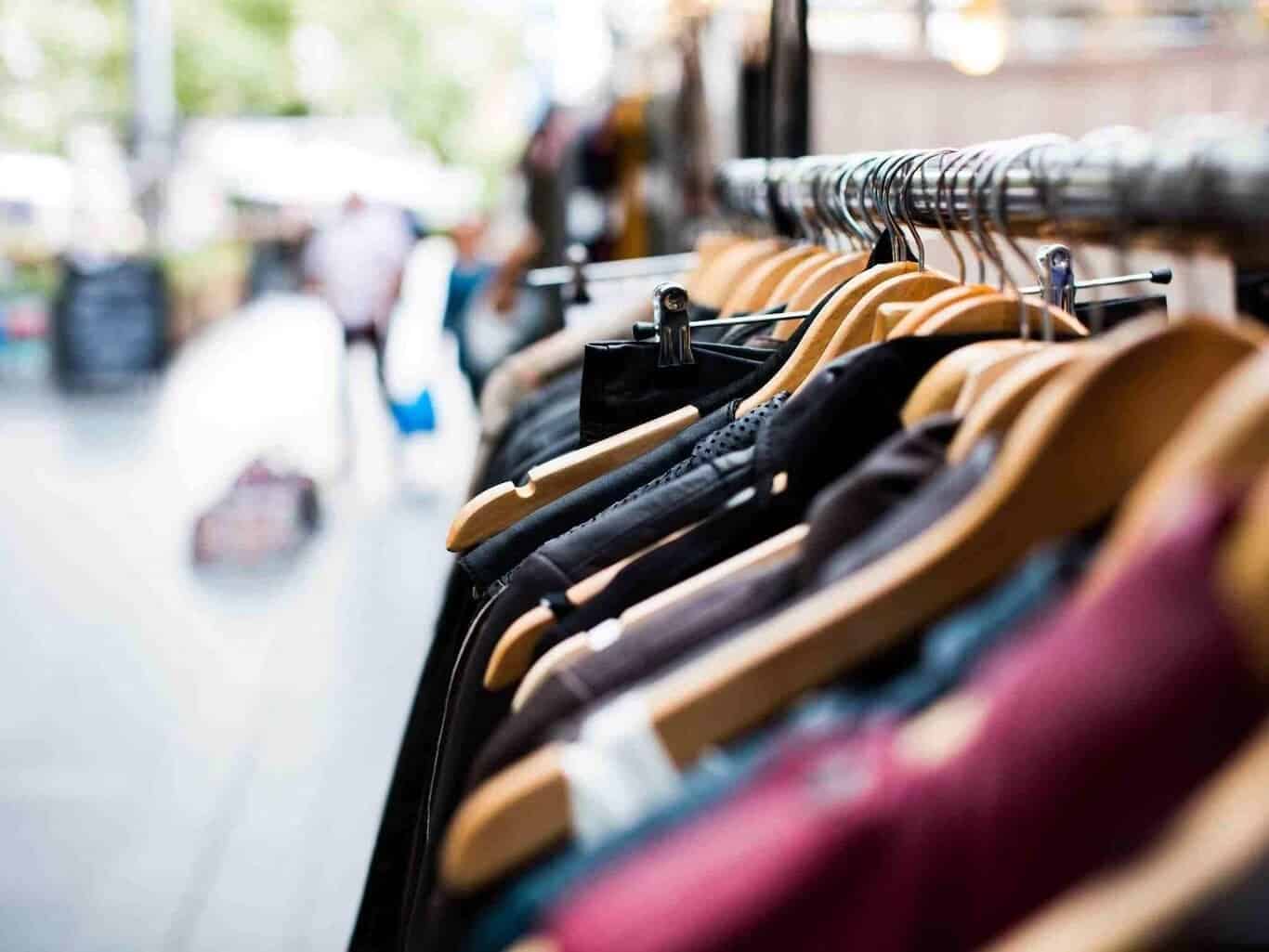
What is fast fashion greenwashing?
Coined by environmental activist Jay Westerveld, ‘greenwashing’ can be broadly defined as when a business gives customers the illusion that they care about the planet and people, when in actuality their actions don’t match up to their claims.
Due to the lack of regulations, companies are able to make unsubstantiated claims about their sustainability initiatives without having to disclose any other areas of their business or the full extent of their claims.
This results in customers believing that they are buying from a green company, or using an eco-friendly service, when that is simply not the case.
As Peter Durrant, Head of Marketing for BAM, puts it, “Greenwashing is the result of brands simply doing a box-ticking exercise or trying to leverage a trend to entice people.”
This leaves genuinely sustainable, and often smaller, companies feeling the brunt of such tactics.
As ethical kid’s brand Boy Wonder’s Ismay Mummery states:
“You only have to look at the survey results that recently showed that many people ranked Amazon, Primark and H&M as the most sustainable. These tactics also serve to distract from the very unsustainable things these brands do which they don’t want us to think about, such as over production, incinerating or destroyed returned stock or unethical labour practices. Small brands like mine cannot compete against the juggernaut of their marketing and their low prices that don’t reflect the true social and environmental cost.”
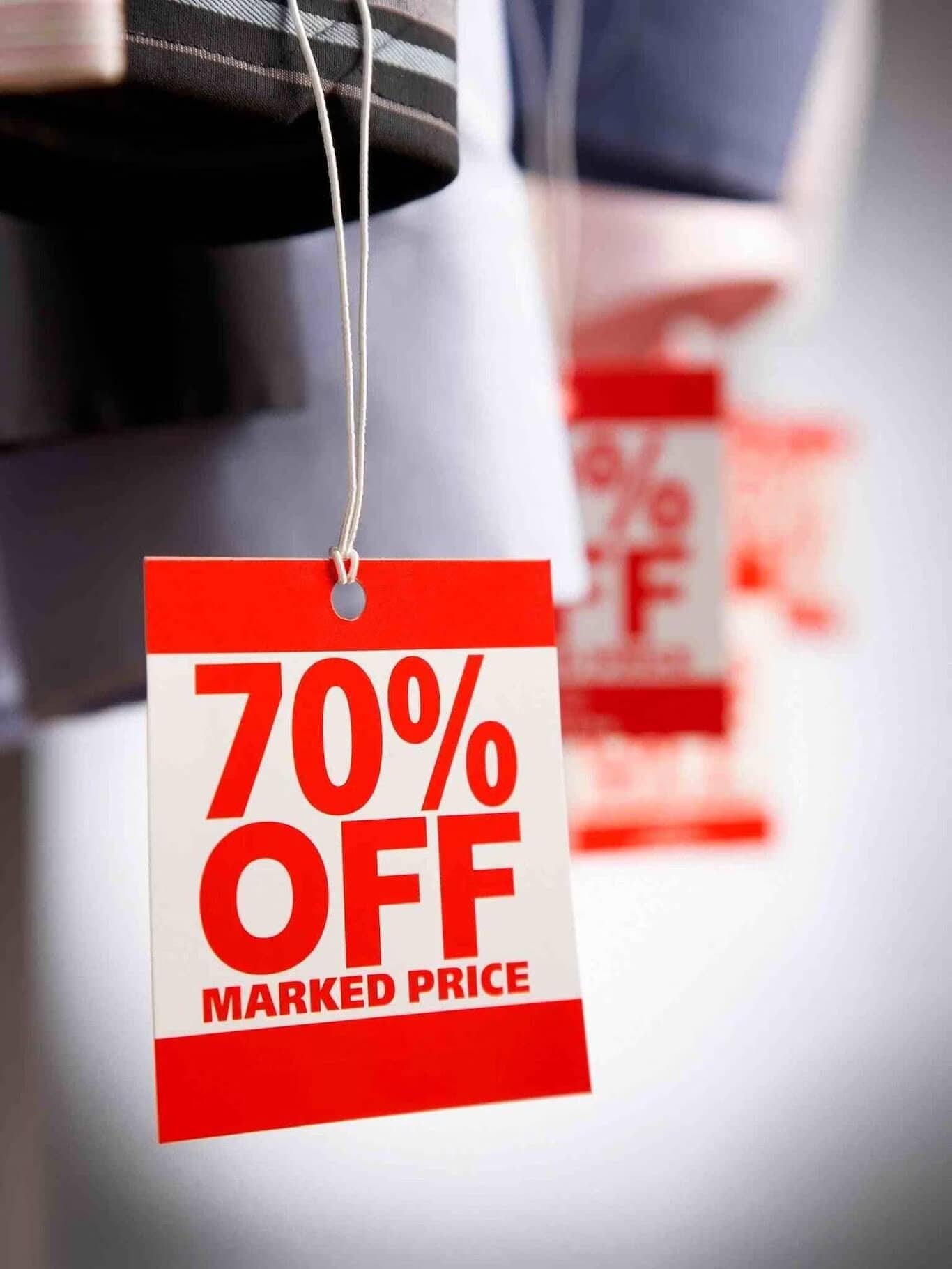
““Small brands like mine cannot compete against the juggernaut of their marketing and their low prices that don’t reflect the true social and environmental cost.””
As Daniel Hemsley, co-founder of The Beagle Button, states, “…fast fashion brands who aren’t remotely sustainable trying to cash in on the good intentions of conscious consumers really damages the incredible work genuinely sustainable brands are doing to make conscious consumption the norm.
Instead of rewarding consumers for trying to reduce their impact with a planet-positive choice they trick and manipulate them into buying an inferior product that negatively impacts the planet.”
Ultimately, companies only use greenwashing for a marketing ploy to make customers feel better about their purchases – which becomes all the more apparent with respect to fast fashion.

How to spot greenwashing in fast fashion brands
It is possible to avoid greenwashing – once you know where to look – and once companies are called out on their greenwashing, it really damages the integrity and image of the brand.
Luckily for us, some of the best ethical fashion brands out there have some great tips for what to look out for when shopping sustainably.
1. Research – or use tools that research for you
One of the best ways for shoppers to arm themselves against greenwashing is through education: but knowing what you want from a product and at what cost.
There are loads of great services out there to help consumers shop sustainably, one of which is The Beagle Button.
As co-founder Daniel says, “No one would buy a product with a label reading ‘Made with Child Labor’ or ‘Waste from This Product Contaminates the Water We Drink and The Food We Eat’.” So The Beagle Button was born – to allow users to shop according to their morals.
The Beagle Button is an essential for anyone shopping online, as do most fast fashion shoppers, as the Chrome extension works by highlighting the pros and cons of the product, while also recommending more sustainable alternatives.
- Find out more about The Beagle Button here
Sam Mabley, the founder of ethical fashion brand Yes Friends, and Boy Wonder’s Ismay Mummery recommend the Good On You app, as a simple way to check the overall ethics and sustainability of the brands that you buy from.

2. Certifications
We at pebble are a firm believer that accreditations are the best way of ensuring that what brands are saying is genuine, as they are backed by a verified and external source.
Sustainable clothing brand Chariklo’s founder Linda offers the advice of keeping tabs on accredited certifications:
“…if they can’t provide an answer, steer clear! Remember to ask about ethical standards as well as sustainability.”
“This is a significant and complex topic; not all organic items are produced sustainably (i.e. many producers do not use closed loop water systems, ensuring low water usage and zero pollution); and many plantations producing new so-called sustainable plant-based fabrics have done so at a cost to local ecosystems (think palm oil and how plantations have been responsible for the wholesale destruction of large areas of rainforest).”
Ultimately any brand can boast about sustainable efforts, but genuine eco-businesses will want to flaunt their credentials so you know that they are legitimate.
Not sure which certifications to look out for? See our handy 12 Sustainable Fashion Certifications To Look Out For When Shopping.
Boy Wonder’s Ismay Mummery also recommends seeing whether the company has won any sustainability awards or featured in reports to guarantee is it not ‘green tokenism’.
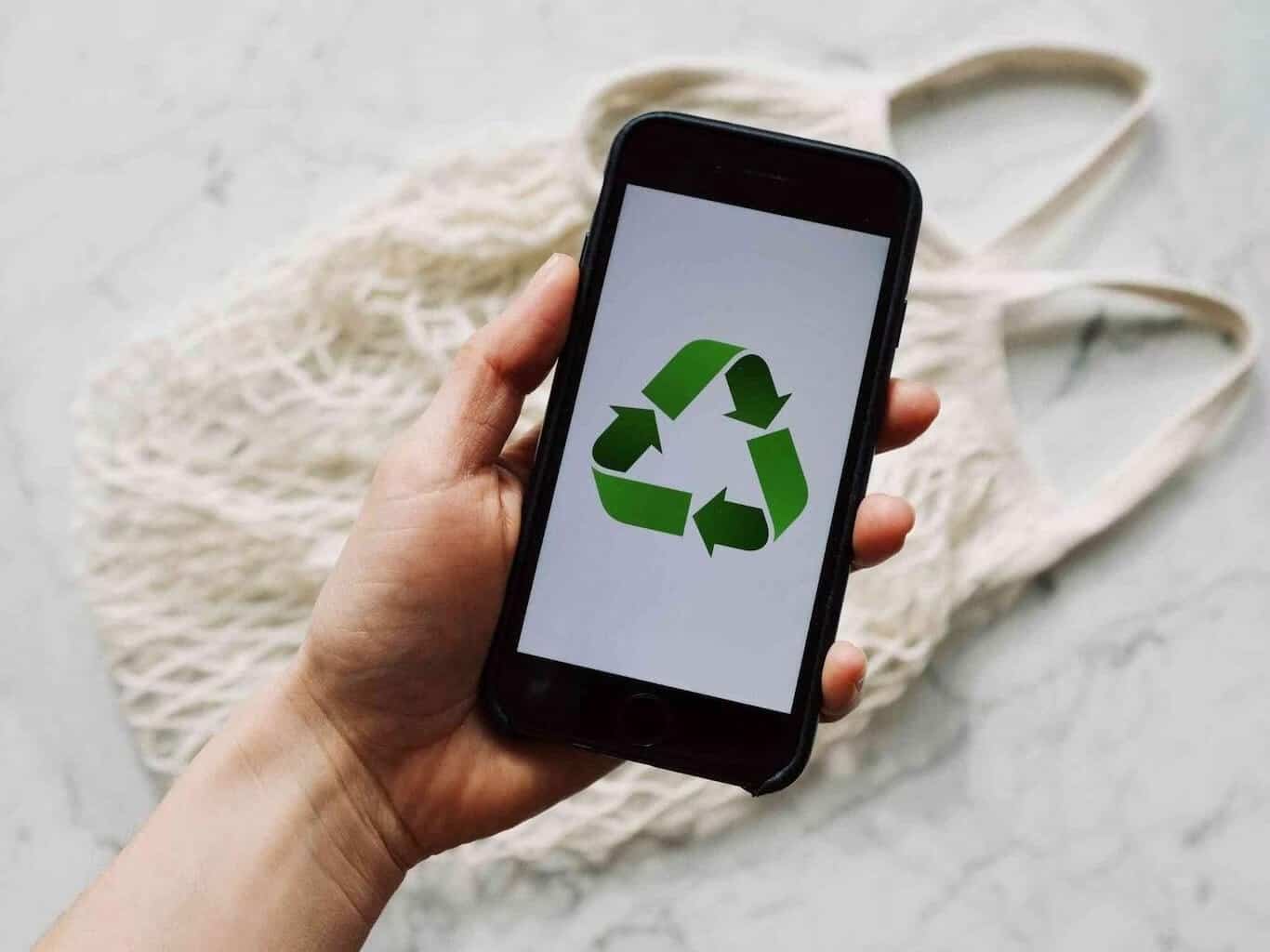
3. Changing the system
Fast fashion is a symptom of linear ways of consumption. What makes it ‘fast’ is the idea that what is bought can be thrown away and replaced.
This is instead of a circular model of consumption, whereby products can be reused, recycled, or upcycled into something new.
CEO of Teemill, Mart, hands over this advice:
“Truly dealing with sustainability means facing up to the fact the model itself needs to change. Instead of trying to persuade people a business-as-usual take, make, throw away model can be made less bad, designing products from the start to come directly back and be remade is the first step towards ending the cycle of waste; because designing out waste saves money that can be used to fund renewable energy or plastic free packaging and fix genuine problems in the supply chain for good.
“The model works fully, or not at all, as taking part of a circular model then cutting corners leaves you back where you started, linear consumption and waste. At a minimum, the fact that this conversation is becoming mainstream should be encouraging.”
So, if companies are not going against the mainstream mode of consumption, or providing alternatives, it is more likely that they are greenwashing as they are not reducing waste.
Especially as waste is one of the greatest issues of our age, in the forms of plastic or and excess materials, to the by-effects of pollution.
This is echoed by Peter Durrant, Head of Marketing for ethical clothing brand BAM:
“By using the massive resources they have in terms of funding and innovation to drive change on a larger scale, by designing clothing with recyclability in mind, by investing in the recycling systems needed to deal with all the textile waste they are creating and also by making it about their whole business mindset, not just a range. We’ve been doing all this at BAM since we launched 2006 but a few of us can’t shift the dial, it needs to be an industry-wide change and it needs to happen now.”
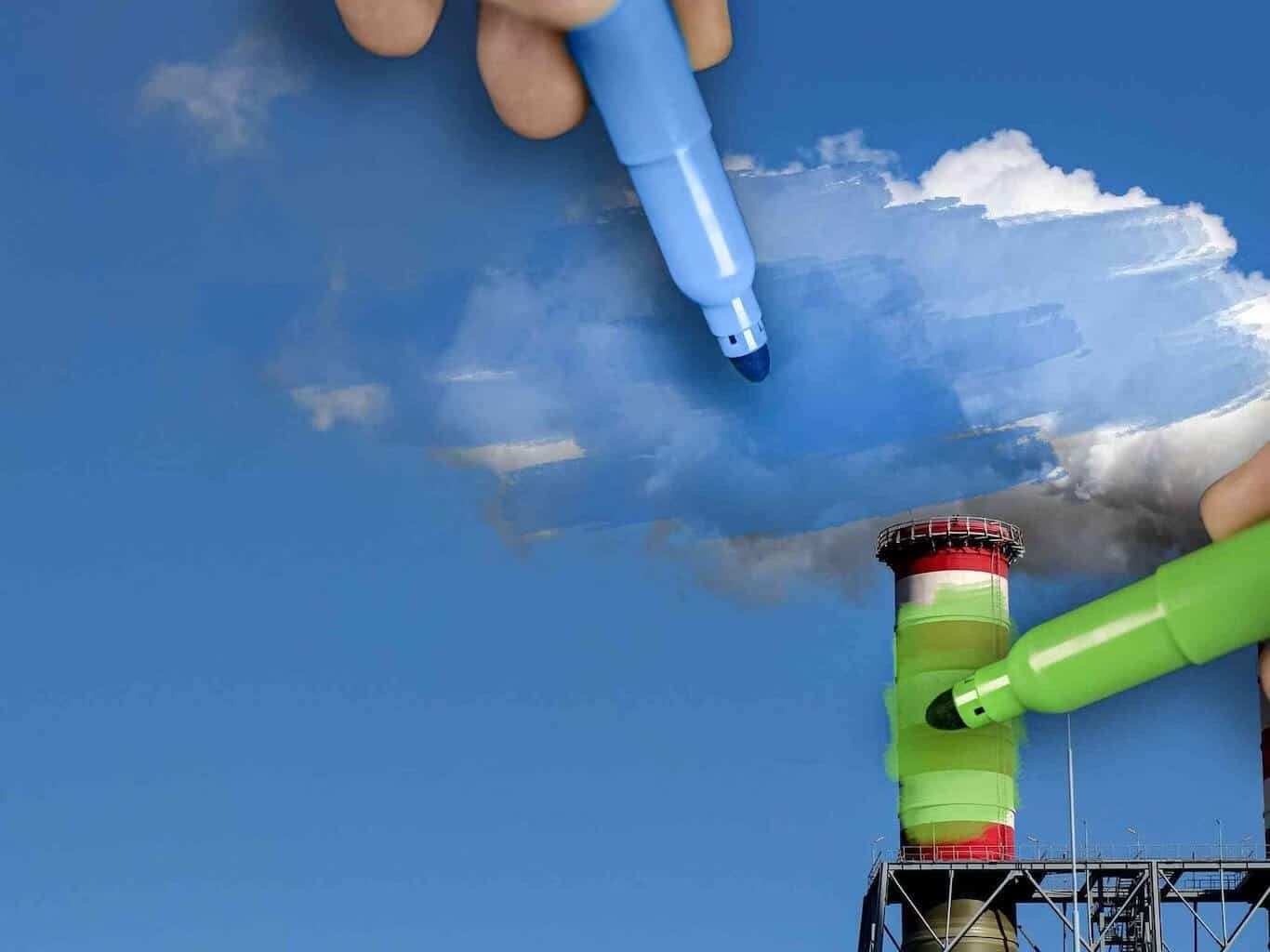
So now you know not only what greenwashing is but also how to decipher the green flags from the red flags.
One of the final bits of wisdom that everyone should follow: one of the best ways to not believe misinformation is by listening to trusted sources on the topic.
Whether you decide to follow and read our magazine, or the sustainable brands themselves, finding a trusted source that speaks about ethical and sustainable companies is one of the best ways to tackle greenwashing claims.
Support these businesses wherever you can – and that doesn’t necessarily mean buying from them – so that more people can find truly ethical fashion brands!
If you want to learn more about greenwashing, fast fashion, and other issues shoppers come across, I’d recommend checking out some of the articles from the list below…
Want to take your understanding one step further?
- Understand the complex issues around plastic pollution
- Learn more about greenwashing and what it is
- Discover just how bad fast fashion is for the environment
- Find out where to shop for the best sustainable fashion
Take your positive impact to the next level
Join our FREE Ripples community for free in 2023 here.
Expect a friendly, virtual community packed with keen sustainable changemakers.
Come to free virtual events, a documentary watch along and meet 1000s of other people interested in conservation, permaculture, soil health, recycling, social enterprise and more!










